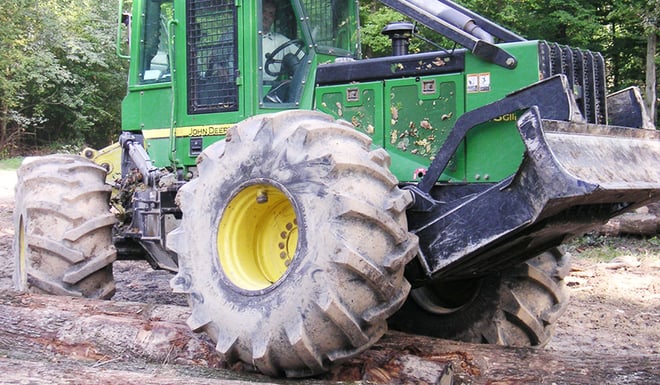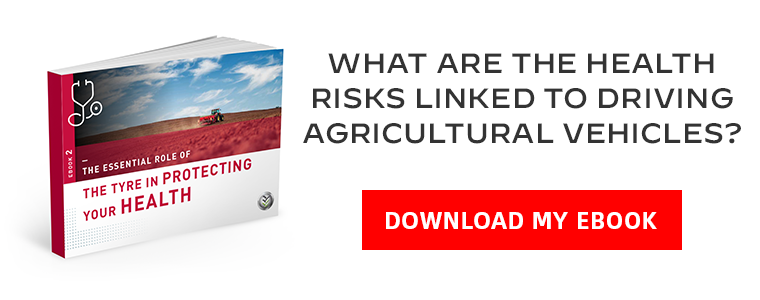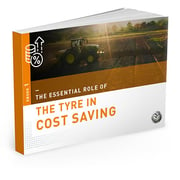During wood hauling operations in the forest, choose forestry tyres that are adapted to your needs in order to improve work efficiency.
During logging, once the trees have been cut, hauling operations take place to transport the felled trees to their storage area.
The forestry tyre represents a sensitive stage of operations. In the old days, wood hauling was done using horses, whereas nowadays we use tractors equipped with forestry tyres in order to travel across terrain that is often rugged, unstable and covered in wood residue.
The choice of tyre has an influence on how operations are conducted as well as on compaction of the forest floor. As the ground is often soft, tyres which apply a low pressure should be used to limit compaction and prevent the appearance of ruts. Making the right choice is therefore very important in terms of improving efficiency.
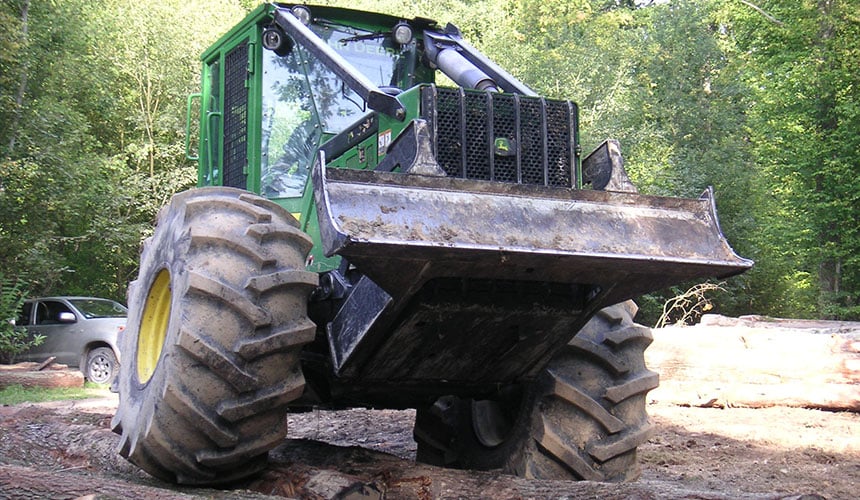
The advantages of forestry tyres
Forestry tyres have several advantages over standard tyres:
- Extra deep studs for a better grip on the ground.
- The angle of the lugs (or studs) at 23° for optimal motricity
- Greater resistance to cuts than standard tyres thanks to the presence of two steel plies
- 20% of rubber on the sidewalls
- 20% of rubber between the casing and the bottom of the stud
- A casing made of nylon to protect against humidity
Forestry tyres have a reinforced structure to cope with terrain that is often hardly practicable. This structure gives it additional resistance, as explained by the elements below:
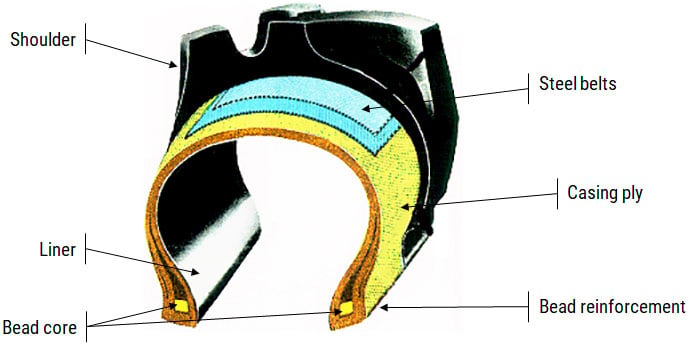
Cross-section of a forestry tyre
The diagonal belted construction gives the forestry tyre more rigidity (9% more than a standard tyre).
And after...
To take it one step further and find out more about health and safety, download the following free Ebook:
Most people who read this article have also read some of the following articles:
This information is intended only to make you aware of the technical and functional aspects of agricultural tires and their use. It does not allow you to make a judgment or a definitive conclusion on a given problem. Only your agricultural tire expert is able to make a technical assessment and take a final decision, case by case.
Leave a
commentary
Your email address will not be published.
Required fields are indicated with *


